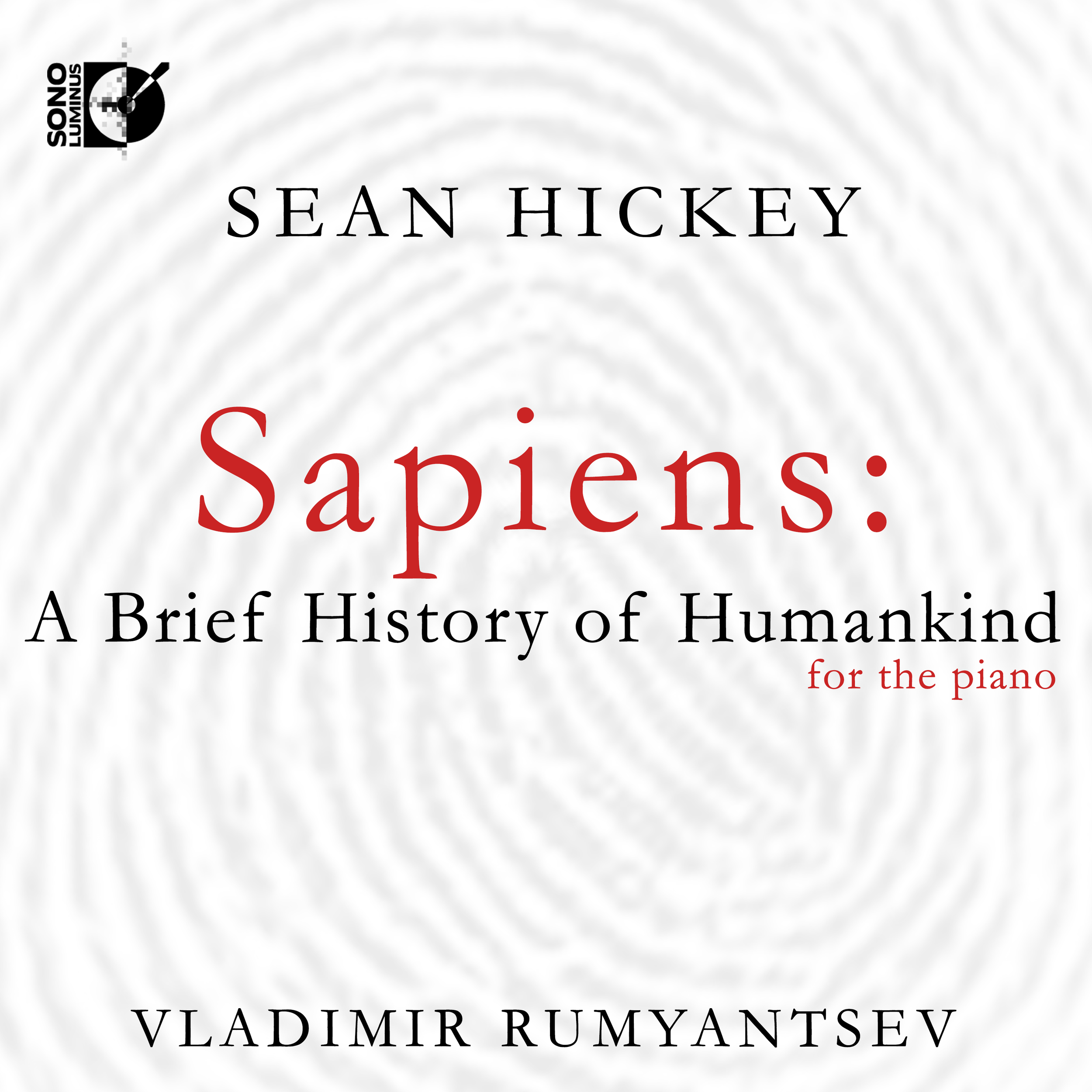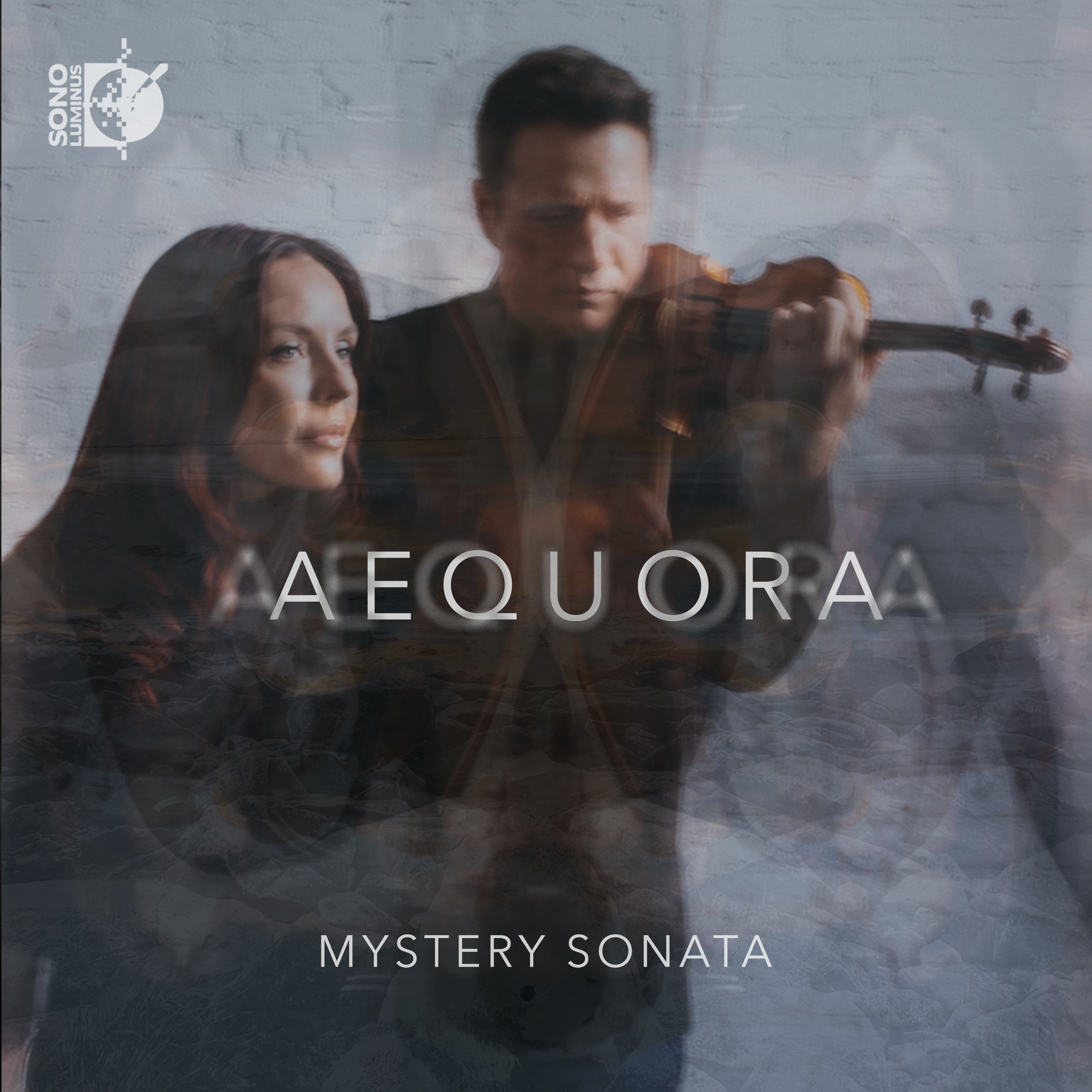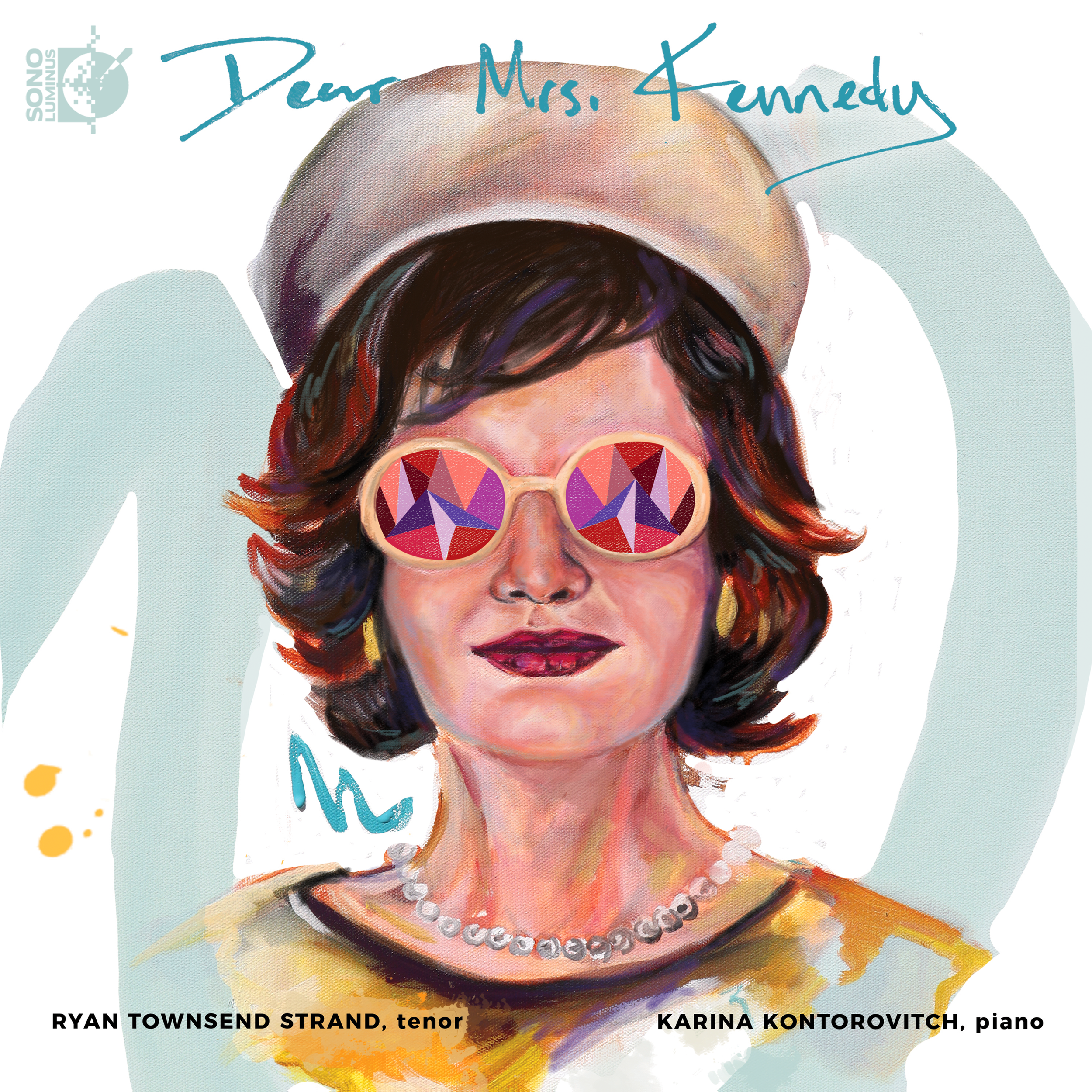Bach Harpsichord Works
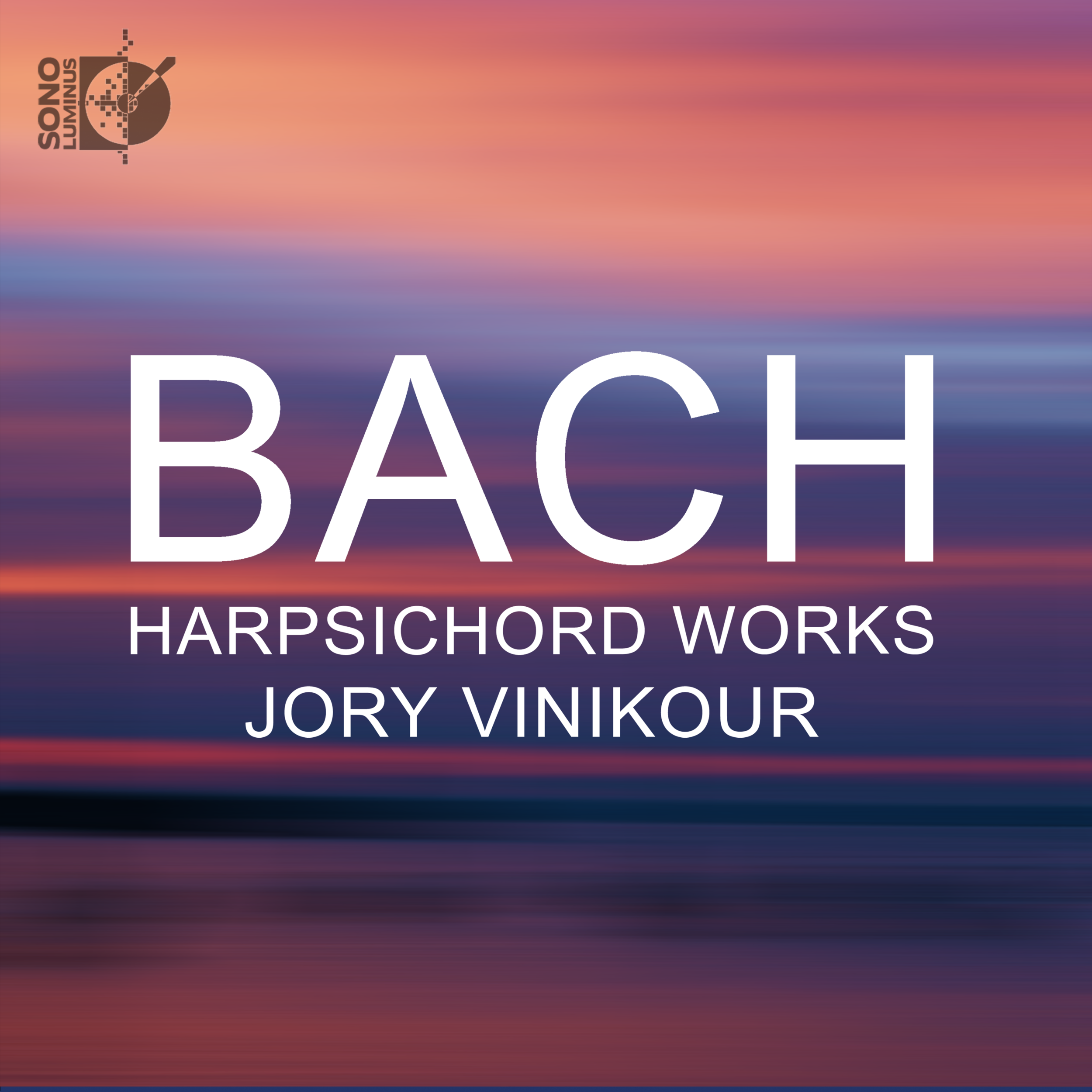

Bach Harpsichord Works
Artist: Jory Vinikour
Composer: Johann Sebastian Bach
Format: 1 CD
DSL-92239
Available Now!
Italian Concerto, BWV 971
Among the best known of Bach’s solo harpsichord works, the Concerto each Italienischen Gusto was published in 1735, as the first half of the second volume of the Clavier-Übung (with the French Overture as the second half).
This work is surely the finest of tributes to Bach’s affinity for the Italian style of concerto writing - an affinity he showed in transcribing concerti by Vivaldi, Marcello, and others for solo keyboard.
Bach uses the two keyboards of the harpsichord (and he specifically indicates such an instrument for both of the works in the second volume of the Clavier-Übung) to create contrasts between tutti and solo passages. The rather stately main theme of the first movement is juxtaposed with livelier rhythmic passages. The exceptional second movement features a florid cantilena in the right hand, accompanied by steady eighth notes in the left. The sombre mood is quickly dispelled by the exuberant final movement, wherein Bach obliges the performer to rapidly shift from one keyboard to the other.
French Overture, BWV 831
Johann Sebastian Bach published the Ouverture nach französicher Art, BWV 831 in 1735, as part of the second volume of the Clavier Ubung, along with the Italian Concerto. This Ouverture, really a partita, shares a kinship with the four orchestral overtures in many respects. It may very well have been intended for publication as the seventh keyboard partita. Bach produced an earlier version of this work, in c minor. Transposed to b minor, the key signatures of the works comprising the 1st and 2nd volumes of the Clavier Ubung follow a logical order : the six partitas are in B flat major ("B" in German parlance), c minor, a minor, D Major, G Major, e minor. The Italian Concerto is in F major, and finally, the French Overture is in b minor ("H" in German).
The work begins with the overture proper – a noble movement of rather tragic character. The opening section features the dotted rhythms associated with the Lullian style overture, one of Bach's rare uses of this style in his keyboard opus (the opening movement of the D Major partita being the other principal example). An extended fugue, in 6/8 meter follows. As in the Italian Concerto, Bach indicates the changes of keyboard with "forte" and "piano." As in a concerto grosso, these dynamics create the impression alternation between the tutti and solo groups. After the fugue, the opening material returns.
In all of Bach's suites (the six French suites, the six English suites, the six partitas), Bach follows a predetermined order of movements: the principal movements are the allemande, courante, sarabande, and gigue (although the partita in c minor does not have a gigue). Extra movements – gavotte, bourée, menuet (amongst others) usually appear between the sarabande and the gigue, which will generally end the suite.
Here, as with the orchestral suites, Bach frees himself from this routine. After the overture, he dispenses with the allemande altogether, beginning with a rather grave courante. Then follows a gavotte with trio, the first of three such movements in this work. As in the overture, Bach notes a forte for the first of the gavottes, of a robust character. The trio, in D Major, is marked piano and is of a much more delicate character. Then follows a pair of passepieds. Again, the first of these is of a rich, orchestral texture. The second passepied, in B Major, is of a nearly crystlaline delicacy. An exquisite sarabande follows, composed in four-part chorale-style writing. A rather unusual pair of bourrées follows : the first (as with the other similar movements, carrying the notation forte) is a very lively, two-part texture. Its partner, remaining in the home key of b minor, features fleeting 16th note groups. The gigue is very much in the French style (like the 7th variation of the Goldberg Variations – the 4th book of the Clavier Ubung). The great majority of Bach's gigues are fugues. This gigue takes its inspiration from the French masters before Bach, especially François Couperin. The closing movement, unique in Bach's opus, is entitled Echo. Of a rustic nature, the contrast between the lower (tutti, with the three registers of strings engaged) keyboard, and the upper (solo 8' stop) creates the effect suggested by the title.
Chromatic Fantasy and Fugue, BWV 903
Already celebrated in Bach’s lifetime, the Chromatic Fantasy and Fugue was likely composed in Köthen, when Bach was in the service of Prince Leopold. There is nothing in this work that isn’t exceptional. The Fantasy is extraordinarily inventive harmonically, certainly, but even more so in Bach’s use of varying textures at the keyboard. Brilliant passage work cedes to the most dramatic recitative, and then to complex arpeggiated episodes. The final page, making use of descending chromatic harmony, is of the most striking originality. The monumental fugue is based on a subject featuring two chromatic figures, building to a mighty finish.
Prelude, BWV 894, Andante (from Sonata for violin solo, BWV 1003), Fugue, BWV 894
Likely composed in Weimar, the Prelude and Fugue show Bach at his most virtuosic and extroverted. The prelude is structured very much like a concerto movement, with clearly delineated tutti and solo sections. Bach introduces some fleet passage work, in 32nd notes, towards the end of the movement. The Andante played here is transcribed by Bach himself, from the Sonata for solo violin in a minor, BWV 1003. The fugue is based on unrelenting triple figures. Bach used the first movement, in a very similar form to that in this early prelude, as the basis for the Concerto for flute, violin, and harpsichord in a minor (BWV 1044). The earlier fugue appears in the concerto version, but alternating with a rather more lyrical theme.
Track List
Italian Concerto
BWV 971
1) (Allegro)
2) Adagio
3) Presto
Overture in the French Style
BWV 831
4) Ouverture
5) Courante
6) Gavottes
7) Passepieds
8) Sarabande
9) Bourées
10) Gigue
11) Echo
Chromatic Fantasy and Fugue
BWV 903
12) Fantasy
13) Fugue
Prelude, Andante, and Fugue
BWV 894 & 1003
14) Prelude, BWV 894
15) Andante, BWV 1003
16) Fugue, BWV 894
Total time: 69:48
Release date: February 14, 2020
UPC: 053479223920
“Vinikour’s playing... is both lively and stylish, and in the dotted first section of the Overture and the rippling arpeggios of the Chromatic Fantasy in particular he shows a sure touch for pace and flow, for where to hesitate and where to push on.”
More from Sono Luminus
Quotes & Reviews
“This recording has elegance and virtuosity, bringing out both the grand and hidden gestures of Bach’s compositions.”
